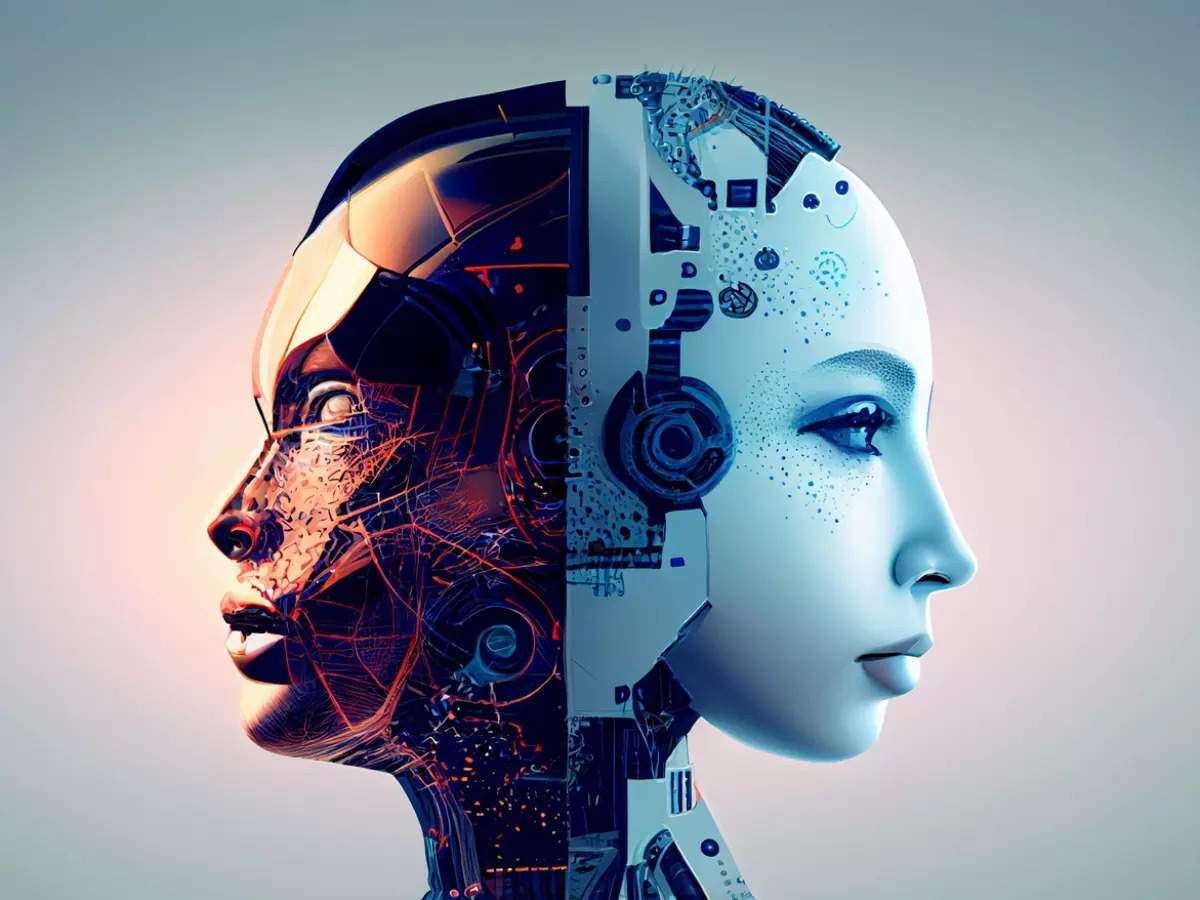Elections Involving AI Cause A Rush To Install Guardrails.
In New Zealand, a political party used Instagram to upload a realistic-looking image of criminals storming through a jewellery store with help of AI.

In Toronto, a mayoral candidate who promises to eradicate homeless encampments produced a collection of synthetically generated illustrated campaign promises, including phoney apocalyptic pictures of people camped out on a main street and a faked image of tents put up in a park.
In New Zealand, a political party used Instagram to upload a realistic-looking image of criminals storming through a jewellery store with help of AI.

In Chicago, the runner-up in the April mayoral election reported that a Twitter account posing as a news organisation had used artificial intelligence to imitate his voice in a way that implied he endorsed police violence.
What began as a trickling flow of artificially generated fundraising emails and promotional graphics for political campaigns a few months ago has transformed into a regular stream of Artificially generated campaign materials, changing the political playbook for democratic elections throughout the world.
Political strategists, election experts, and politicians are increasingly saying that establishing additional safeguards, such as laws reining in Artificial commercials, should be a top priority. Existing defences, such as social media restrictions and programmes claiming to identify Artificial material, have done nothing to halt the wave.
As the contest for the presidency of the United States in 2024 heats up, some campaigns are already putting artificial intelligence to the test. After President Joe Biden declared his re-election attempt, the Republican National Committee published a film with Artificial imagery of apocalyptic scenarios, while Florida Gov. Ron DeSantis uploaded false photographs of former President Donald Trump with Dr. Anthony Fauci, the former health official. In the spring, the Democratic Party tested synthetically generated fundraising communications and discovered that they were frequently more effective at generating participation and donations than text authored completely by humans.

Some politicians view it as a means to save campaign expenses by employing it to generate rapid solutions to debate questions or attack advertisements, or to analyse data that would otherwise need the services of expensive specialists.
At the same time, Artificial intelligence has the capacity to disseminate misinformation to a large audience. Experts warn that an unpleasant fake film, an email blitz full of computer-generated false narratives, or a created image of urban degradation may reinforce preconceptions and deepen the party gap by presenting voters what they expect to see.
Artificial Intelligence is already significantly more powerful than manual manipulation; it is not perfect, but it is rapidly developing and simple to learn. In May, Sam Altman, the CEO of OpenAI, who helped kick off an Artificial Intelligence boom last year with its famous ChatGPT chatbot, told a Senate panel that he was worried about election season. He stated that the technology’s potential to influence, persuade, and deliver one-on-one interactive misinformation was a major source of concern.
Rep. Yvette D. Clarke, D-N.Y., stated last month that the 2024 election cycle will be the first in which Artificial Intelligence created material will be popular. She and other congressional Democrats, including Minnesota Sen. Amy Klobuchar, have filed legislation that would compel political commercials that contain computer-generated content to include a disclaimer. A similar bill was signed into law in Washington state.
The use of deepfake content in political campaigns was recently denounced by the American Association of Political Consultants as a breach of its ethical code.
People will be tempted to test the boundaries and see how far they can go, according to Larry Huynh, the group’s new president. As with every instrument, there can be harmful uses and unethical behaviours, such as lying to voters, misinforming voters, and instilling belief in something that does not exist.”
The recent foray into politics surprised Toronto, a city with a strong ecosystem of Artificial Intelligence research and businesses.
Anthony Furey, a former news columnist and conservative contender in the campaign, recently spelled out his platform in a booklet hundreds of pages lengthy and replete with synthetically created information to assist him make his tough-on-crime point.
A careful examination revealed that several of the photographs were not genuine: In one laboratory scenario, scientists resembled extraterrestrial blobs. A woman in another rendition had a button with unclear letters on her sweater; similar symbols showed in an image of warning tape at a building site. Furey’s campaign also included an Artificially generated photo of a sitting woman with her arms crossed and a third arm resting on her chin.
In a discussion earlier this month, the other contenders used the picture for laughs: They’re utilising real photos, according to Josh Matlow, who presented a snapshot of his family and added that no one in our photos had three arms.
Nonetheless, the shoddy drawings aided Furey’s thesis. He acquired enough traction to become one of the most well-known names in an election with over 100 candidates. In the same discussion, he admitted to employing the technology in his campaign, adding that they’re going to have a few chuckles as they learn more about Artificial Intelligence.
According to Ben Colman, CEO of Reality Defender, a business that provides Artificially generated detection services, increasingly sophisticated Artificial Intelligence material is surfacing on social networks that have been mainly unwilling or unable to monitor it. He claims that the inadequate control permits unlabeled synthetic material to cause permanent harm before it is addressed.

Explaining to millions of users that the information they had already seen and shared was fraudulent is too little, too late, according to Colman.
A Twitch feed featuring Artificial versions of Biden and Trump has been running constantly for many days this month. Both were readily identifiable as simulated AI beings, but experts warned that if an organised political effort developed similar information and circulated it extensively without disclosure, it could quickly undermine the value of genuine material.
Politicians might avoid accountability by claiming that true video showing compromising behaviour was fake, a phenomenon known as the liar’s dividend. Ordinary folks may create their own forgeries, while others could become more completely immersed in polarised information bubbles, trusting only those sources they wanted to believe.
People may simply remark, “Who knows?” if they cannot trust their eyes and hearing. In an email, Josh A. Goldstein, a research fellow at Georgetown University’s Centre for Security and Emerging Technology, said. This might lead to a shift from healthy scepticism, which stimulates positive behaviours (such as lateral reading and seeking for credible sources), to unhealthy scepticism, which believes it is impossible to know what is true.
Conclusion.
Political strategists, election experts, and politicians are increasingly saying that establishing additional safeguards, such as laws reining in artificially generated commercials, should be a top priority.







